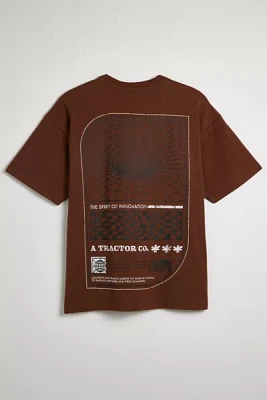Home
Innovation Without Patents: Harnessing the Creative Spirit in a Diverse World
Loading Inventory...
Barnes and Noble
Innovation Without Patents: Harnessing the Creative Spirit in a Diverse World
Current price: $142.00


Barnes and Noble
Innovation Without Patents: Harnessing the Creative Spirit in a Diverse World
Current price: $142.00
Loading Inventory...
Size: OS
*Product Information may vary - to confirm product availability, pricing, and additional information please contact Barnes and Noble
This book is concerned with the extent to which innovations should or should not be protected as intellectual property, and the implications this has upon the ability of local manufacturers to learn to innovate.
A question the book considers is how far legal protection should extend to inventions that may only just, or indeed not quite, meet the conventional criteria for patentability, in terms of the level of inventiveness.
Innovation without Patents
offers a thoughtful and empirically rich analysis of the current system in a number of developed and developing countries in the Asia-Pacific. It asks whether such innovations should remain free from patenting, or whether alternative intellectual property regimes should be offered in such cases, and indeed whether the requirements change depending on a country's level of development. This discussion is capped by a number of proposed policy options.
The theoretical and practical approaches to intellectual property rights, innovation and development policy formulation make
accessible to academics, national and regional patent offices, national overseas development agencies, NGOs and patent attorneys.
A question the book considers is how far legal protection should extend to inventions that may only just, or indeed not quite, meet the conventional criteria for patentability, in terms of the level of inventiveness.
Innovation without Patents
offers a thoughtful and empirically rich analysis of the current system in a number of developed and developing countries in the Asia-Pacific. It asks whether such innovations should remain free from patenting, or whether alternative intellectual property regimes should be offered in such cases, and indeed whether the requirements change depending on a country's level of development. This discussion is capped by a number of proposed policy options.
The theoretical and practical approaches to intellectual property rights, innovation and development policy formulation make
accessible to academics, national and regional patent offices, national overseas development agencies, NGOs and patent attorneys.


















